I have a name for what fueled Joe Rogan’s new scandal: Bigotry Denial Syndrome
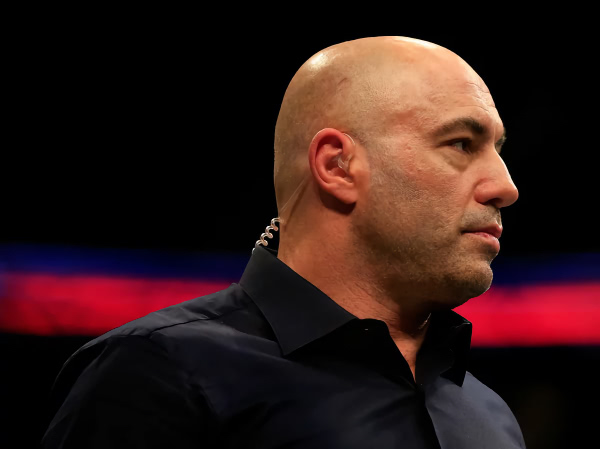
Despite having used the N-word numerous times on his podcast, Joe Rogan says he’s not a racist. Eric Deggans, writing for NPR, has a different diagnosis:
I’m teaching a course at Duke University right now about race and media. In that class, I told the students about something I have often called bigotry denial syndrome – the belief that, because you personally don’t view yourself as a bigot, you don’t believe that you can say or do something that is seriously bigoted or damaging.
This is a race-centered version of a type of bias also called moral licensing, where people believe that because they are generally good, that outweighs moments when they do negative things. So, bringing it all back to Rogan’s case, he seems to be insisting that – because he doesn’t view himself as a racist – his use of the n-word and telling of a joke that he admitted in the moment was racist were somehow not expressions of racism.
But here is where Rogan is learning a difficult truth: He’s wrong.
In fact, you can argue that — by providing more palatable ways for fans to use a horrible racial slur and laughing off a joke he admitted was racist – Rogan did damage that is tougher to address than an admitted racist openly advocating white supremacy.
Rogan shrugging off his racist “jokes” has far-reaching effects.
The problem here isn’t just that Rogan may have hurt feelings or given offense. The bigger issue is the way such jokes foster acceptance of stereotypes that are damaging and persistent; prejudices which can affect everything from how police react in an emergency to who gets hired for a job or gets to rent an apartment.
NRA Silent as Amir Locke Slain by Police for Having a Gun He Legally Owned
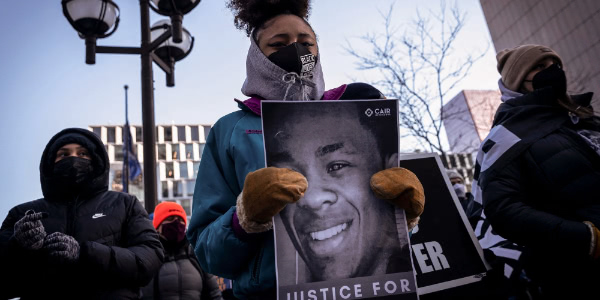
Ryan Grim, writing for The Intercept:
It’s not as if the NRA doesn’t support a right to armed self-defense. The group spent years lobbying state legislatures to implement so-called Stand Your Ground laws. When George Zimmerman leaned on such a law in Florida after killing Trayvon Martin, the NRA called such statutes a “human right.”
In 2018, E.J. Bradford, a young, Black Army veteran with a license to carry, was in a mall when gunshots broke out. He drew his weapon — standing his ground — and cops instantly shot him dead and later blamed him for “brandishing” his weapon. The NRA stayed silent.
Sham interviews go way beyond the NFL
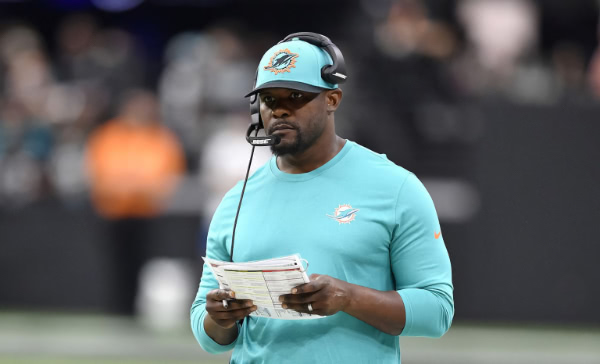
Shirley Leung, writing for The Boston Globe
Flores’s experiences have struck a chord in particular with entrepreneurs of color who compete for contracts from companies, universities, and governments that often have diversity requirements attached to their processes.
That feeling of not being taking seriously happens so often that these business owners say they recognize the telltale signs. The most obvious tell: being asked right before the deadline to submit a proposal and not being given enough information about the project.
HBCUs have long been a target for racial backlash
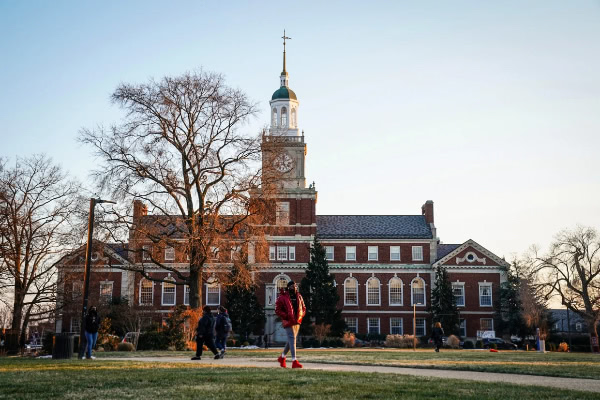
Tat Bellamy-Walker, reporting for NBC News:
[Over the last two weeks,] more than a dozen historically Black colleges and universities across the country were again forced to lock down campuses and cancel classes because of bomb threats. […]
For decades, historically Black colleges and universities have faced racist threats of violence, said Joy Williamson-Lott, the dean of the University of Washington’s Graduate School in Seattle, who studies the history of Black educational institutions. […]
“Phoning in a bomb threat to a Black college is a way to remind Black people to ‘stay in their place,’ to not get ‘uppity,’” she said. “It’s the same type of intimidation that was used in the past. Whether the threat is imagined or real, it is still violent.”
She added: “There’s a pattern: Whenever Black people and their allies begin to make more urgent demands and even progress, there is intense white pushback.”
The colleges that have reported bomb threats:
- Howard University in Washington, D.C.
- University of the District of Columbia
- Morgan State University in Baltimore
- Coppin State University in Baltimore
- Kentucky State University in Frankfort
- Spelman College in Atlanta
- Fort Valley State University in Fort Valley, Georgia
- Edward Waters University in Jacksonville, Florida
- Bethune-Cookman University in Daytona, Florida
- Xavier University of Louisiana in New Orleans
- Alcorn State University in Lorman, Mississippi
- Mississippi Valley State University in Itta Bena, Mississippi
- Rust College in Holly Springs, Mississippi
- Tougaloo College in Tougaloo, Mississippi
- Jackson State University in Jackson, Mississippi
Super Bowl 2022: If You’re Only Here for the Halftime Show, You Have Michael Jackson to Thank
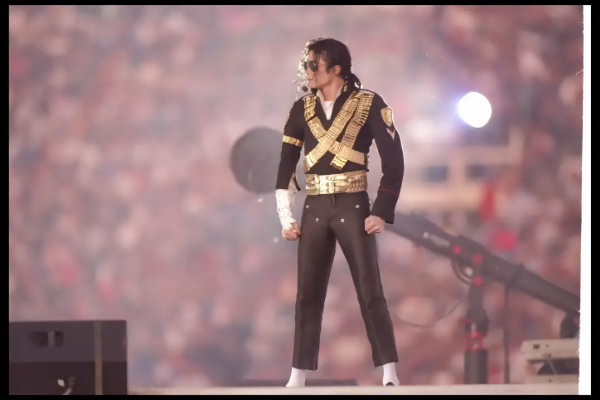
Stephanie Holland, writing for The Root:
Once upon a time, the Super Bowl Halftime Show was children’s choirs and circus acts. It was nowhere near the elaborate, sponsored spectacle it is today. Then in 1993, producers offered the spot to the biggest star in the world: Michael Jackson. He said yes, literally stole the show and changed the game forever.
Michael performed a medley that included “Jam,” “Billie Jean,” “Black or White,” “We Are the World” and “Heal the World.” It was basically a quick, free taste of the multi-platinum superstar’s sold-out Dangerous World Tour.
As he stood like a statue in his signature military jacket, the Gary, Ind., native had the stadium in the palm of his hand. While directors and producers went crazy in the booth, Michael would not be rushed. Once the show started, the “Remember the Time” singer spent 12 minutes being Michael, doing exactly what the producers wanted: He brought eyes to the game.
When the NFL needed something to make the Super Bowl feel alive again, who did the league turn to? That’s right, the biggest Black artist in the world.
Louisiana Senate candidate Gary Chambers burns a Confederate flag in his new campaign ad
Rachel Treisman, writing for NPR:
Gary Chambers and his infamous lighter are back.
The longtime community activist and Democratic candidate for U.S. Senate made headlines last month with a campaign video in which he smoked a blunt while advocating for the legalization of marijuana.
His latest ad is also a talker. The minute-long spot, titled “Scars and Bars,” shows Chambers burning a Confederate flag while discussing — and symbolically destroying — the legacy of Jim Crow.
Abraham Galloway, the radical Union spy
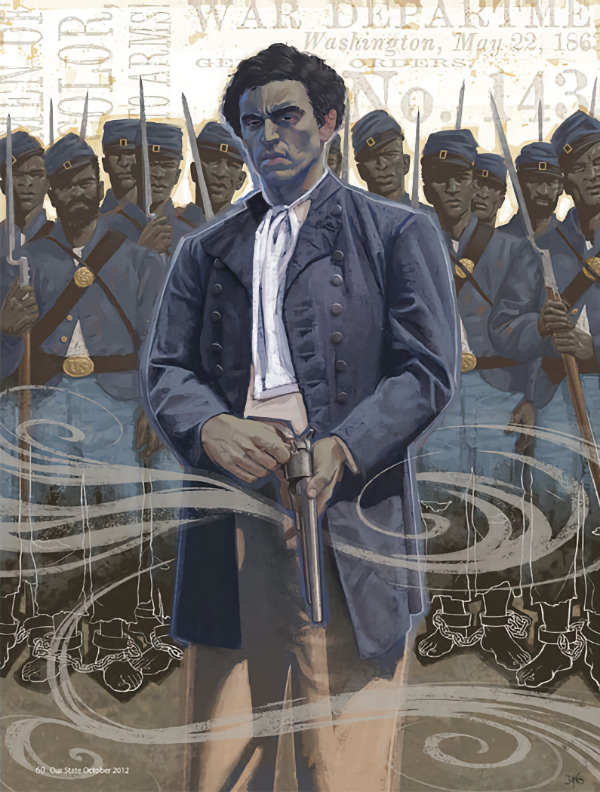
NPR:
“Galloway is like the supersecret agent who travels from North Carolina to the Mississippi River Valley,” the now-deceased historian Hari Jones told me when I interviewed him for a story on Civil War movies. “[He] gets captured by the Confederates, escapes, takes on two, three men at one time. He’s that kind of a guy, but he’s almost unbelievable because he’s been left out of the narrative for so long.”
Galloway was a man with swagger who openly carried a pistol in his belt. “He was a very attractive, very charismatic, you know, fly type of individual,” says poet and playwright Howard Craft. “And he comes strapped all the time,” marvels actor Mike Wiley. Craft wrote a one-man performance based on Cecelski’s book, starring Wiley.
A renowned community of quilters is taking on copycats — and winning
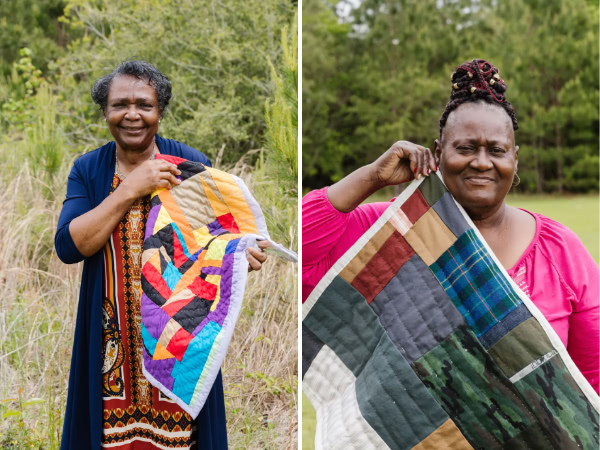
Alexandra Marvar, reporting for The Verge:
Quilts made by generations of women in Gee’s Bend, Alabama, have hung in the Met, the Whitney, and the Smithsonian Museum of Art. They’ve been shown at galleries and art fairs around the world. But if the quilters want to directly sell their world-famous quilts — vibrant, often asymmetrical, charismatic works, originally hand-stitched for warmth from scavenged fabric — they’ve had to wait for prospective buyers to come to them. […]
Despite their celebrity, much of the quilters’ fame is based on visitors sharing their work outside of their community — and historically, the financial benefits have gone to people outside of their community, too. Occasionally, some of that trickles back in the form of one-off gallery sales, or copyright royalties. But it hasn’t been enough to lift this Black community, renowned in the art world, out of what the United Nations has called some of the most extreme conditions of poverty in the developed world.
Great story here. The odds were heavily against them and, with a little help from the outside, they’re finally able to make a living from their art.
More on Gee’s Bend quilters here.
A new book makes a rousing case for Whitney Houston
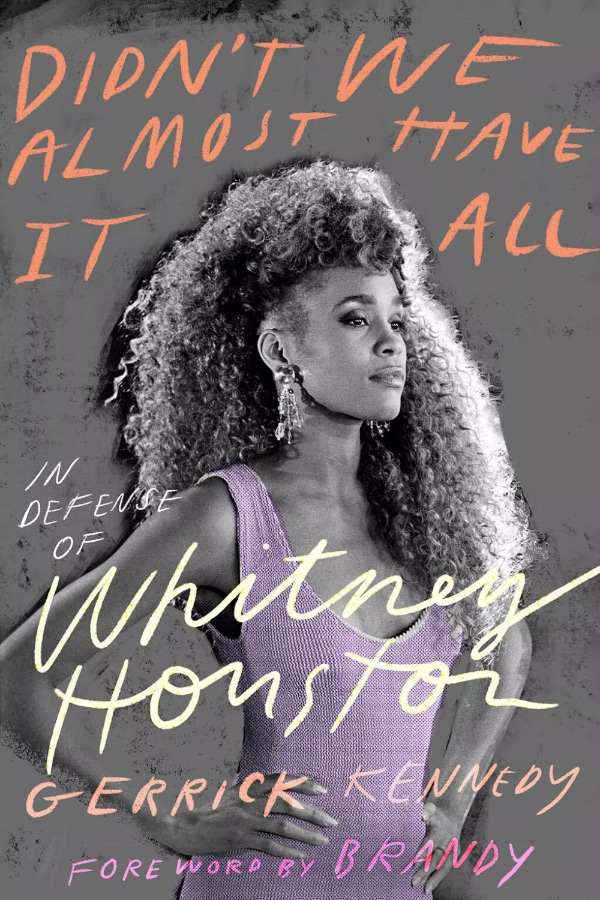
Kenan Draughorne shares takeaways from the new book Didn’t We Almost Have It All by Gerrick Kennedy.
“I Will Always Love You” almost didn’t happen!
It’s impossible to remember Houston without hearing “I Will Always Love You,” which contains one of music’s most famous vocal runs punctuated by an elongated delivery on the hook. The song spent a then-record 14 weeks at the top of the Billboard Hot 100. […]
Houston was originally asked to cover Jimmy Ruffin’s “What Becomes of the Broken-Hearted” for the climax of “The Bodyguard,” but the idea was unpopular internally. It was co-star Kevin Costner who suggested she cover Dolly Parton’s 1974 hit “I Will Always Love You,” with an extended a cappella intro to build the drama.
Clive Davis and producer David Foster thought the arrangement wouldn’t work, but agreed to give it a shot. Foster planned to add more instruments later, but once he saw her singing the song live in a ballroom, he realized he didn’t need to change a thing.
“When she opened her mouth,” Foster later wrote, “I realized that Kevin Costner had come up with one of the greatest ideas in the history of movie music.”
Legacy Russell’s latest curation is a love letter to the quilters of Gee’s Bend, Alabama
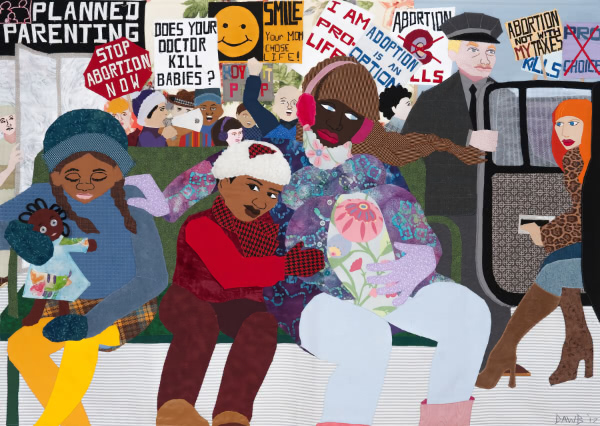
Morgan Becker, writing for Document Journal:
The New Bend, curated by Legacy Russell, is currently on view at Hauser & Wirth’s downtown gallery. The exhibition features the work of 12 contemporary artists—Anthony Akinbola, Eddie R. Aparicio, Dawn Williams Boyd, Diedrick Brackens, Tuesday Smillie, Tomashi Jackson, Genesis Jerez, Basil Kincaid, Eric N. Mack, Sojourner Truth Parsons, Qualeasha Wood, and Zadie Xa—whose creative practices engage in conversation with the Gee’s Bend quilting tradition. The show is an exemplary illustration of how to celebrate a body of work without exploiting its originators—without speaking on the founders’ behalf, or on behalf of the Gee’s Bend quilters still producing today.
The New Bend is on view in Manhattan at Hauser & Wirth through April 2nd.
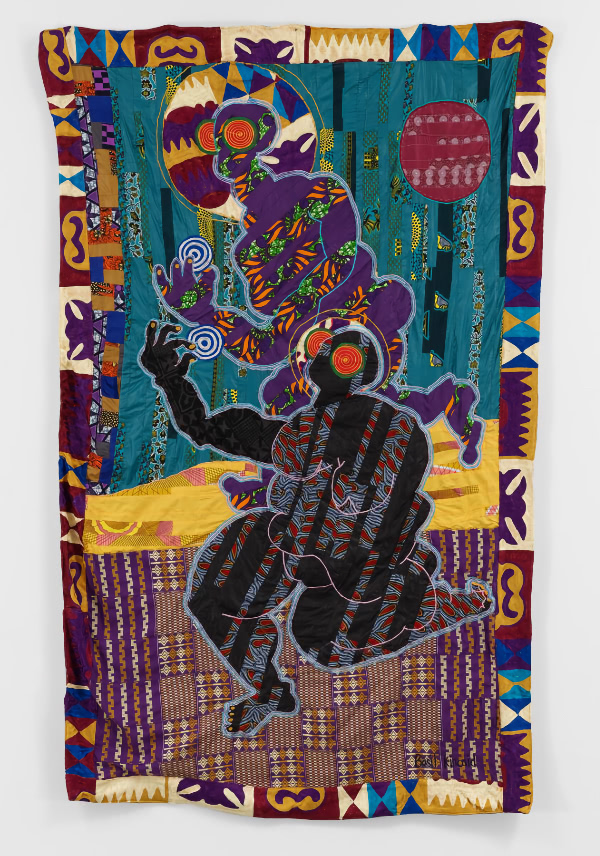
Thanks for reading. See you next week.
